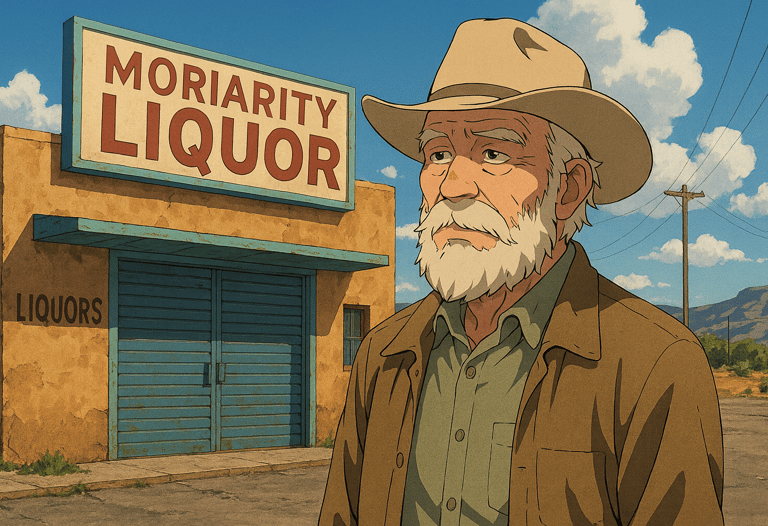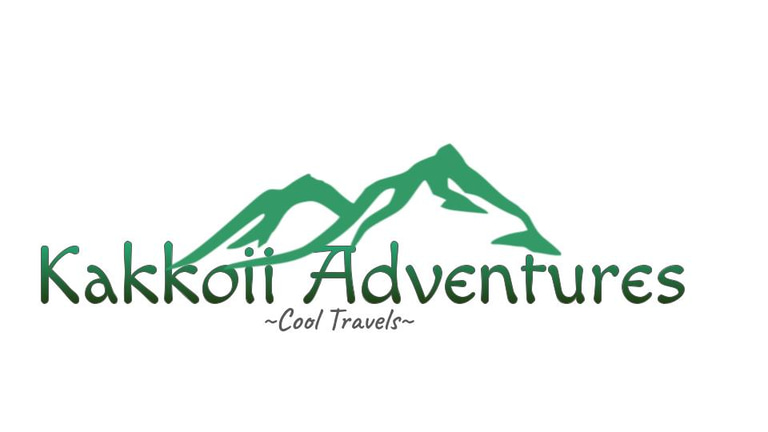What's Stopping You? Change Your Life!
In Search of a Beer I Find a Story
Finding a Beer in the Driest Wet Town
MAKING THE CHANGE HAPPEN
10/7/20255 min read


Williams
We woke up in Williams, Arizona, on the morning of April 5th. The night before, snow had fallen like a whispered surprise, thickening into a near whiteout just as we parked our truck outside the Best Western on old Route 66. It was an unexpected stop, but a welcome one. Williams is one of those small towns that wears its history proudly—part lumber town, part tourist hub, and all charm.
It had been a long haul from Tehachapi, California, and the cab of the Toyota Tundra felt like a rolling apartment. My sidekick and wife, Mary, rode shotgun. Midnight and Iori, our two cats, dozed in the back. By the time we reached Williams, all four of us were ready to call it a day.
Eastbound on the Mother Road
We left early, planning to drive “as far as felt right.” We usually cap our days around five or six hours behind the wheel—but with breaks, that easily turns into eight. Albuquerque was too far, and for reasons I’ll explain in another post, not where we wanted to stop anyway.
Through Gallup, a curtain of snow followed us east. We pulled into a shopping center to wait it out. Gallup didn’t charm me much. Thoreau, the next town over, even less. Then the gas gauge dipped low, and our mood followed suit. With maybe two hours of fuel left, we pressed on, hoping to make it past Albuquerque before dark.
That’s when I failed in my co-pilot duties and drifted off. When I woke up, Mary had heroically guided us through Albuquerque and halfway up the Sandia–Manzano foothills. We were climbing toward Sedillo Hill—7,000 feet up—and the Tundra was letting us know it wasn’t thrilled about it. The fuel needle hovered on empty.
“Next town’s only fifteen minutes away,” I said. “We’ll make it.”
Then came the traffic alert: accident ahead. What had been orange on Google Maps turned to red. Dead stop. With no gas stations in sight, we prayed, we panicked, and we stared at that needle like it was an hourglass running out of sand.
We finally coasted into Moriarty, New Mexico, on fumes. The first stop was the gas station. The second was a hotel. And the third—hopefully—was a liquor store.
The Driest “Wet” Town in New Mexico
Now, let me tell you about Moriarty. It began as a homestead in 1887, became a railroad stop in 1903, and then found fame as a Route 66 waypoint when the highway came through in 1937. In the 1970s, Interstate 40 swept most travelers away, but the town still honors its Mother Road heritage. It also calls itself the Pinto Bean Capital of the World, celebrating that title every October with a fiesta that’s equal parts nostalgia and neighborly pride.
But on this April night, Moriarty was quiet—almost too quiet. Snow flurries danced in the wind as we checked in at the hotel. I set off to find a beer.
Here’s what I didn’t know: while New Mexico doesn’t have “dry” counties, it does have a lot of rules about where you can sell alcohol. Nothing within 300 feet of a church or school—which, in a town dotted with small churches, creates a kind of invisible minefield for liquor stores. Add restrictions on gas stations and zoning, and the result is a town where beer is both legal and elusive.
I figured I’d just grab a six-pack at a gas station. Simple enough.
Wrong.
The Quest Begins
The hotel clerk looked puzzled when I asked where to buy beer. The gas station across the street had energy drinks galore—but no alcohol. I tried a place called Get and Go, then Linda’s, which was packed with locals and laughter but also dry. Quickie Mart? Nope. Family Dollar? No. Circle K? Strike three.
By this point, I wasn’t even thirsty—I was curious.
Why was it so hard to find a beer in a town that wasn’t technically dry?
Then, just as I was about to give up, I spotted a sign shouting “Liquor! Liquor! Liquor!”—three times, like an echo from heaven. Inside, it turned out to be an indoor swap meet, with an old supermarket converted into a maze of vendors. At the very back was a brewery, complete with folding tables and a cheerful beertender.
“You can drink here,” she said, “but you can’t take it to go.
Three-hundred-foot rule.”
I nodded. It made sense now—sort of. When I asked where I could buy a beer to take back to the hotel, she smiled and said, “There’s only one place—Blackie’s.”
The Legend of Blackie’s
Blackie’s Liquor sat on the edge of town, inside another old supermarket building. Posters of celebrity tequilas lined the walls, and a life-size Dwayne ‘The Rock’ Johnson grinned at me from the tequila aisle. The crowd was lively—locals chatting near the door, brown-bag bottles clinking faintly.
Behind the counter stood Angie, all warmth and wit. When I told her I was from California, she laughed and said she wouldn’t hold it against me.
I asked her the question that had been bothering me all night:
“Why is it so hard to find a beer in Moriarty?”
She listed them off like commandments:
You can’t sell liquor near a school.
You can’t sell liquor out of a gas station.
You can’t sell liquor next to a church.
Then she added, “And we’ve got plenty of churches. More coming, too.”
Angie told me there were only two liquor stores left in town.
By then, I wasn’t thinking about the beer anymore. I was thinking about how, sometimes, you set out looking for one thing and find something entirely different—a piece of local history, a conversation, or a story worth telling.
So I left Blackie’s with a four-pack of Moscow Mules, a smile, and a sense that I’d found exactly what I came for.
Because sometimes, you go out for a beer—and you come back with a story.
Drink them both in.
If You Go
Williams, Arizona
Where to stay: The Best Western Plus Inn of Williams is comfortable and convenient, sitting right on historic Route 66.
What to do: Explore the old downtown, visit the Route 66 Zipline, or take the Grand Canyon Railway north to the rim. The town is walkable and filled with neon nostalgia.
Moriarty, New Mexico
Route 66 History: Visit the Route 66 Museum at the Moriarty Municipal Complex for exhibits on mid-century travel culture.
Events: Don’t miss the Pinto Bean Fiesta in October—a small-town celebration of the area’s agricultural roots.
Where to grab a drink: If you’re lucky enough to find it, Blackie’s Liquor (at the edge of town) has the best selection around—and maybe the best stories, too.
Travel Tip:
New Mexico liquor laws can be tricky. Towns may impose local restrictions on alcohol sales near schools and churches, so don’t assume that a gas station or grocery will stock beer. When in doubt, ask a local—they’ll usually point you to the right spot, and you might just make a friend in the process.
